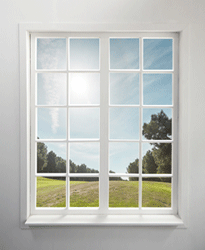Let Air Purifying Plants Help Clear the Air in Your Treasure Coast Home
Homes constructed using modern methods are well insulated and sealed for efficient heating and cooling. The downside to this is that pollutants can be trapped indoors and create poor quality air and an environment where occupants are more likely to get sick. A NASA report from 1989 suggests that an 8-inch diameter houseplant will improve air quality for up to 100 square feet. In addition to absorbing carbon dioxide and releasing oxygen, plants can absorb toxins from the air.
The roots and soil are important for absorbing toxins. For maximum effectiveness, you should remove the leaves on the lower part of air purifying plants to fully expose the soil. You have several options for plants to improve indoor air quality in well-lit rooms. English ivy grows easily and can remove benzene and formaldehyde from the air. The spider plant is a fast-growing choice that absorbs xylene, formaldehyde and some carbon monoxide. Aloe vera can be used for removing toxins from the air, as well as being an attractive ornamental plant and useful for mild burns and other medical purposes.
For rooms with only partial sunlight, you have different options for air purifying plants. Boston ferns thrive in humid conditions, removing benzene and other gases efficiently. For dry conditions, the uniquely marked Chinese evergreen can also filter out toxic gases. Snake plants are tolerant of erratic light and water, and can absorb remarkable amounts of nitrogen oxides, formaldehyde and other chemicals.
Air purifying plants can play an important role in improving indoor air quality. It’s not enough to litter your home with greenery and hope for the best. It’s also necessary to locate and isolate the source of the emissions. The third element required in improving air quality in your home is to improve the airflow. A modern construction may have indoor air quality systems installed or retrofitted.
To learn more about improving air quality in your home, please contact us at NisAir Air Conditioning & Heating. We’re available 24 hours a day, seven days a week to help keep your South Florida home comfortable.

